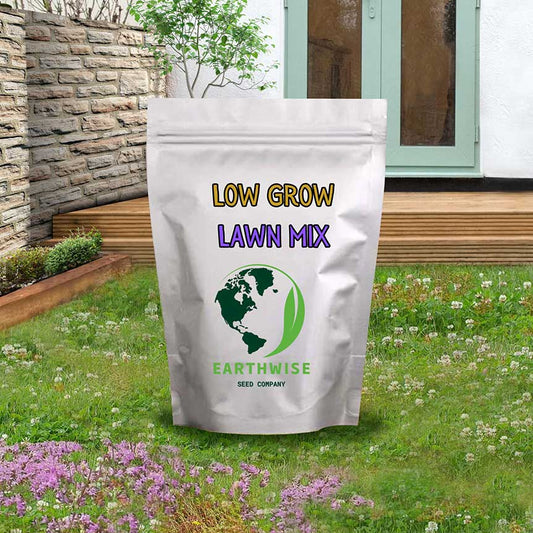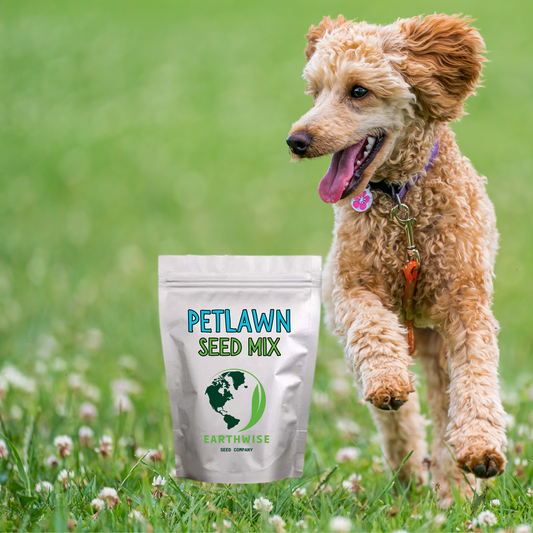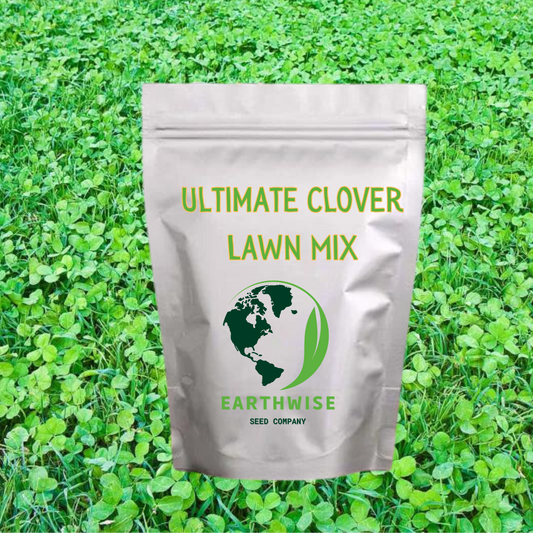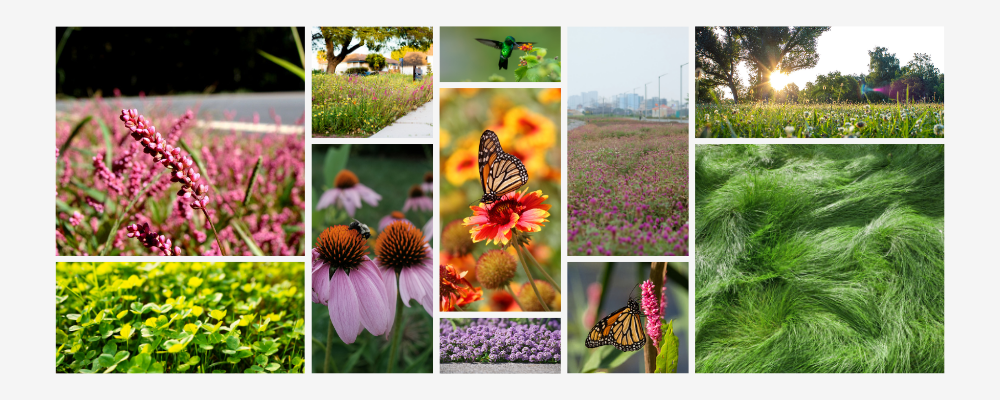Fall Picks
-
Low Grow Alternative Lawn Mix - No Mow
Regular price From $17.95 USDRegular priceUnit price per -
Thyme for a Change - Red Creeping Thyme Seed
Regular price From $44.95 USDRegular priceUnit price per -
PetLawn Seed Mix
Regular price From $18.95 USDRegular priceUnit price per -
Ultimate Clover Lawn Mix: Low-Maintenance, Eco-Friendly Yard
Regular price From $16.95 USDRegular priceUnit price per
Why Plant in Fall?
Cooler soil and air. Seeds don’t dry out as quickly, reducing the need for constant watering.
Stronger root development. Seeds planted in fall spend their energy establishing roots, which makes them more resilient against summer heat and drought.
Cold stratification made easy. Many wildflowers need a period of winter cold to sprout properly. By planting in the fall, you let nature do the work.
Low effort, high reward. Sow once, then let the seasons carry your seed through.

Creeping Smartweed™ — Low-Growing, Native Groundcover with Pink Blooms & Pollinator Friendly

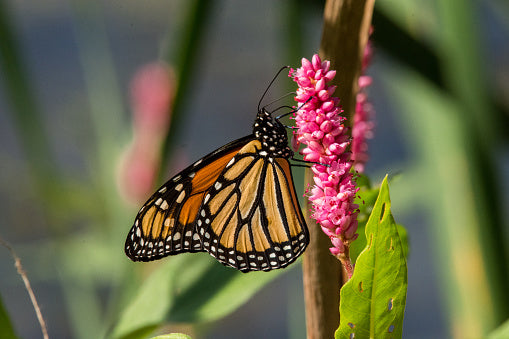
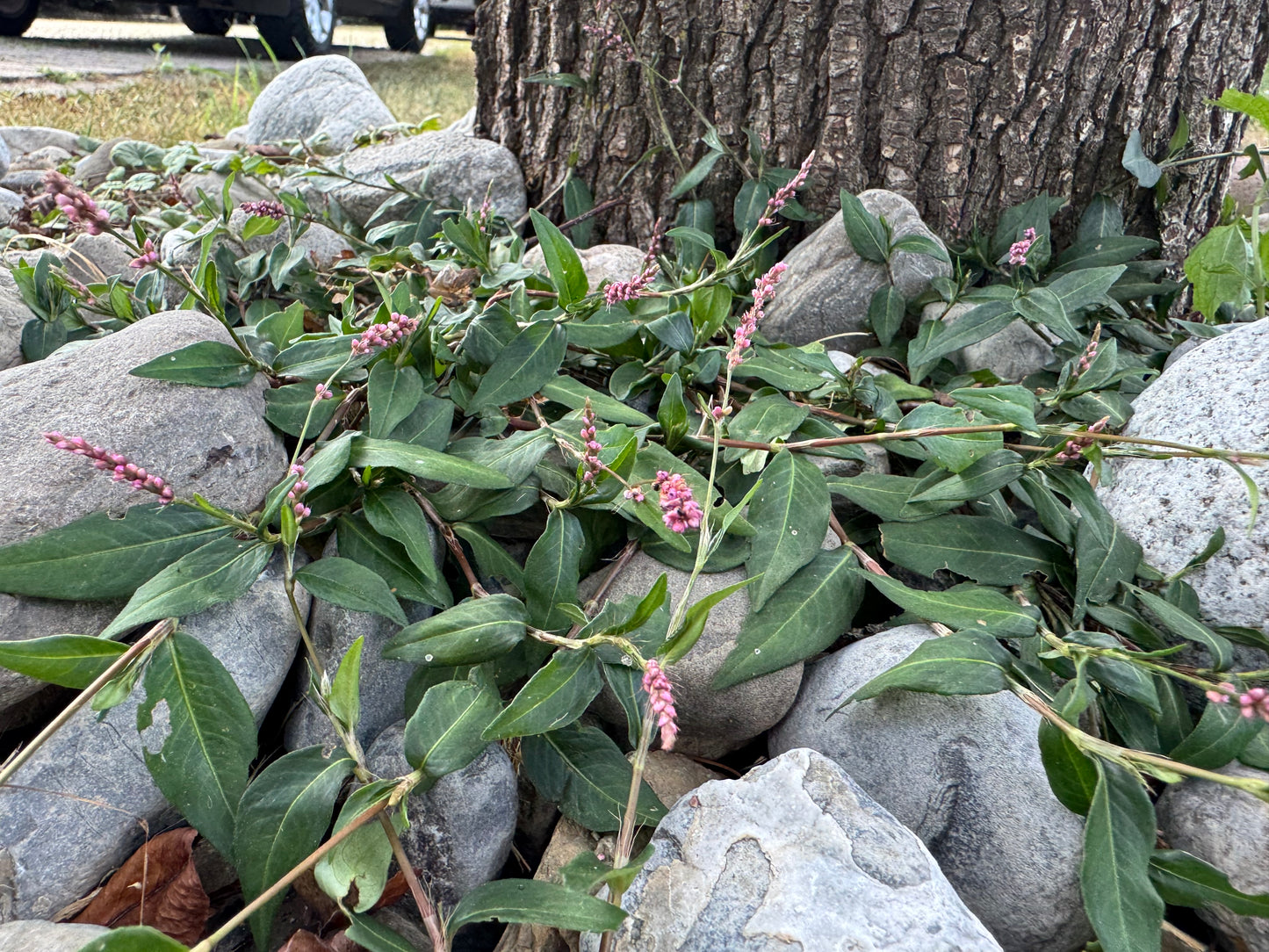
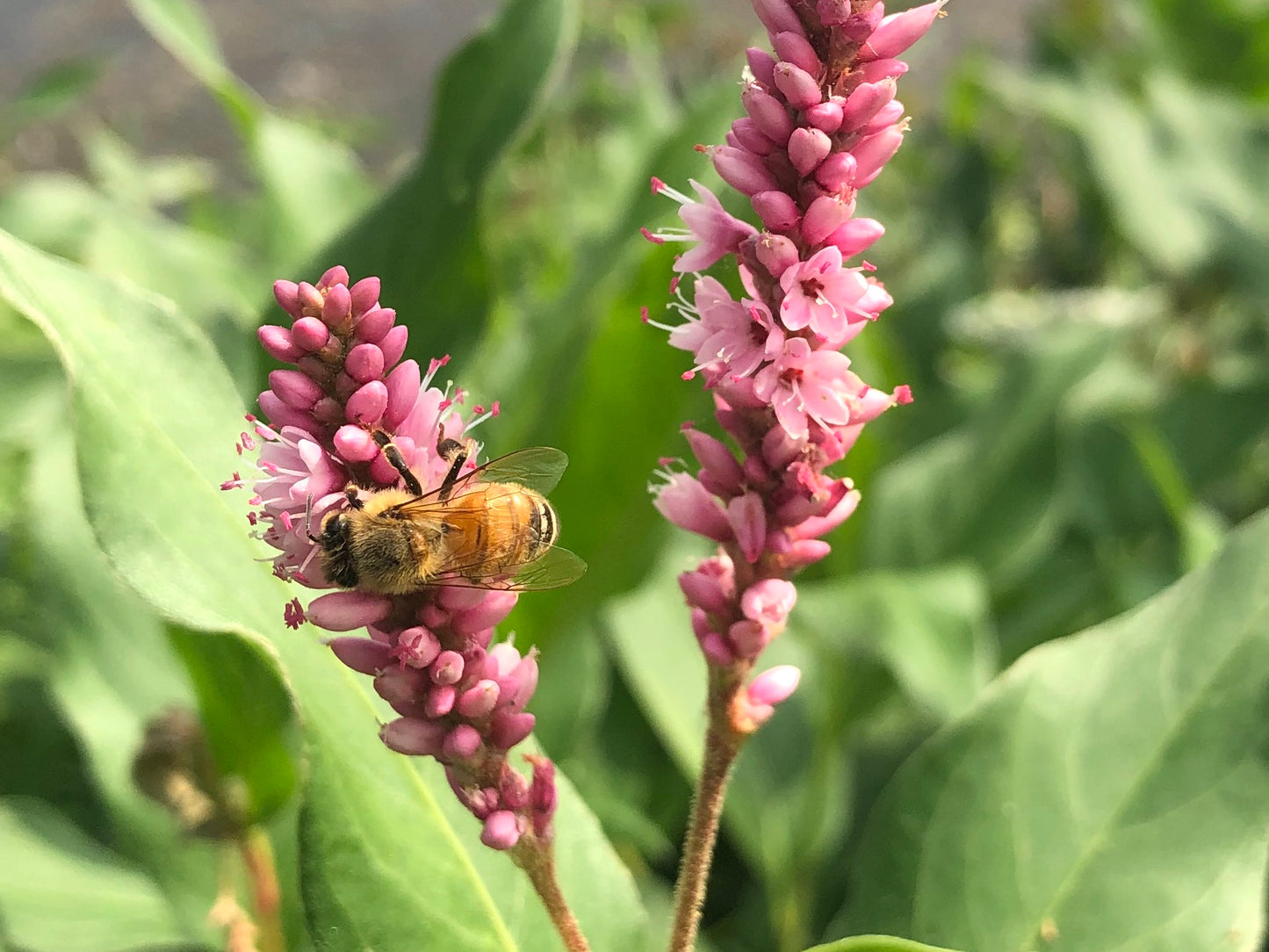
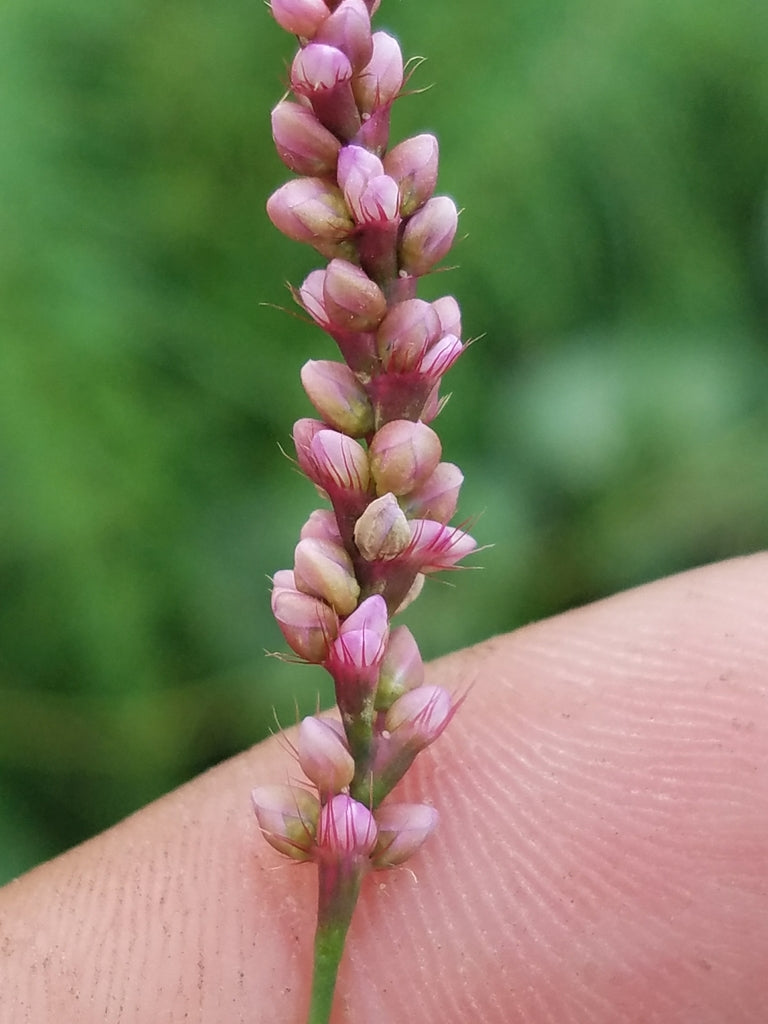
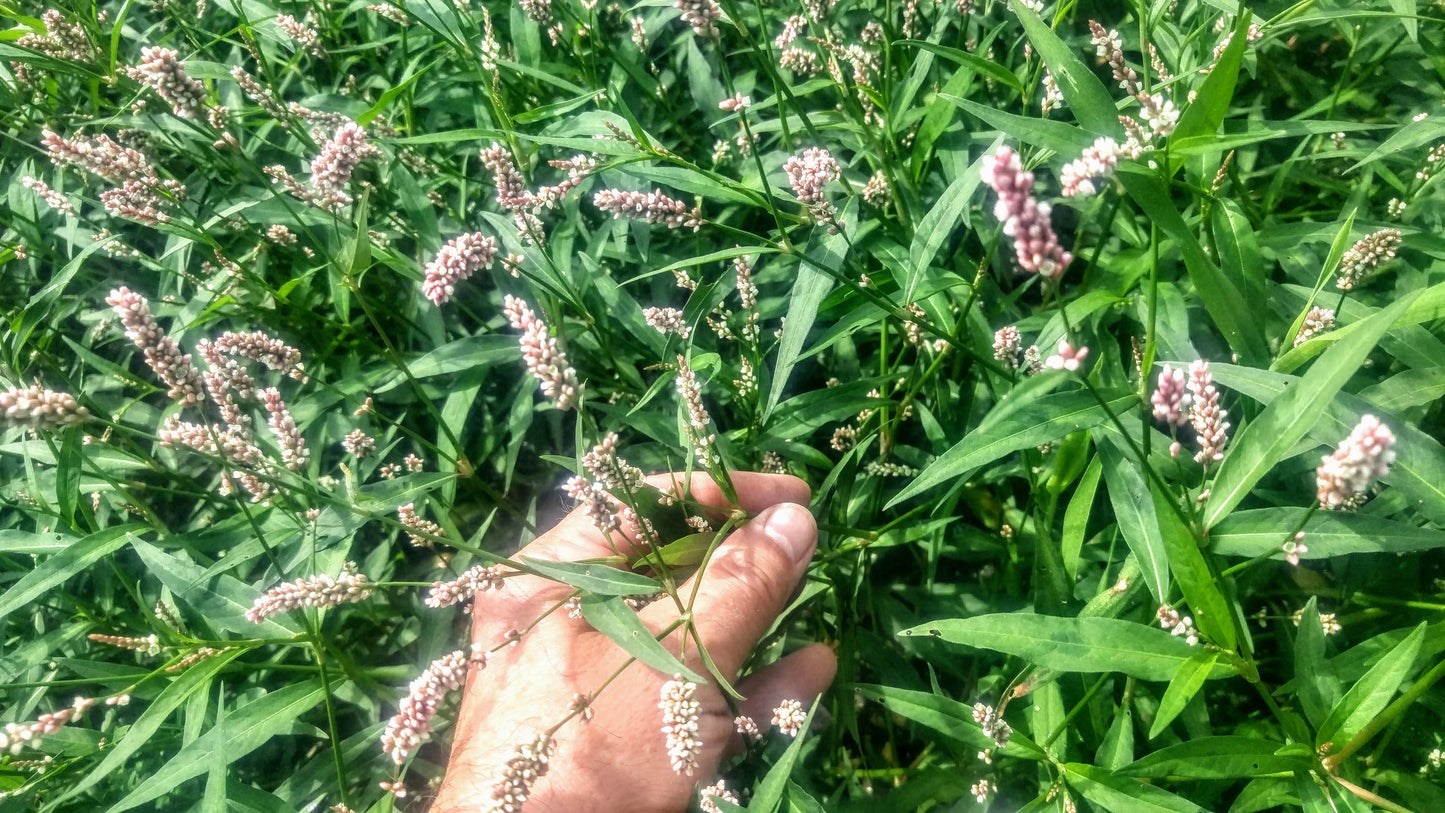
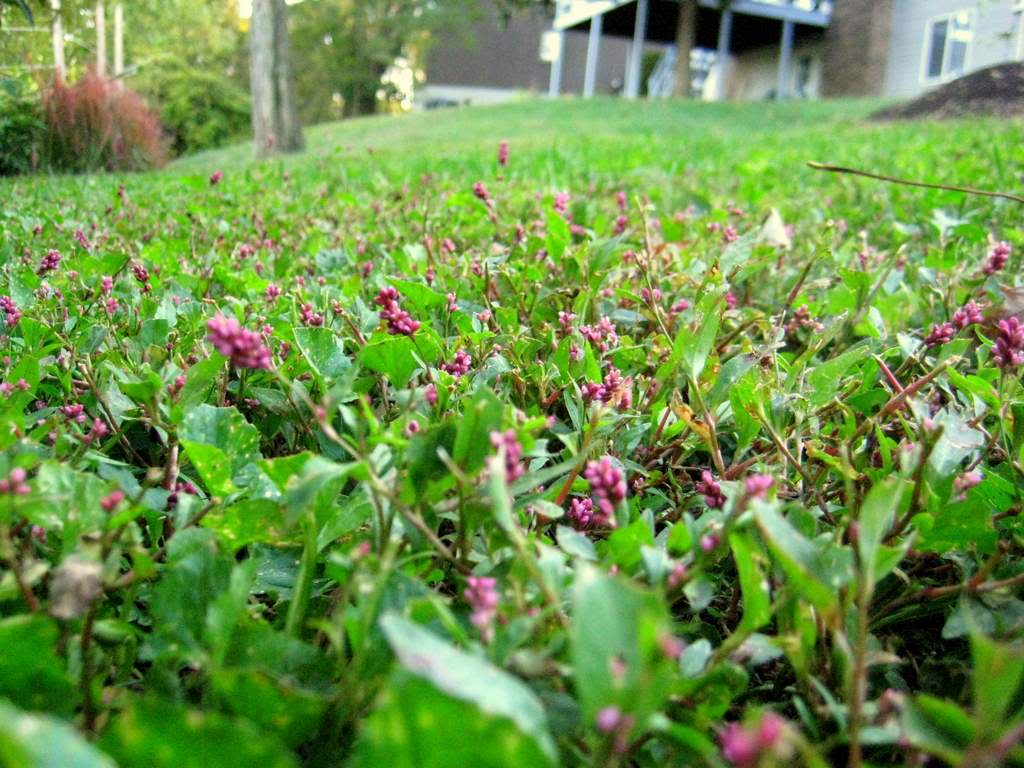
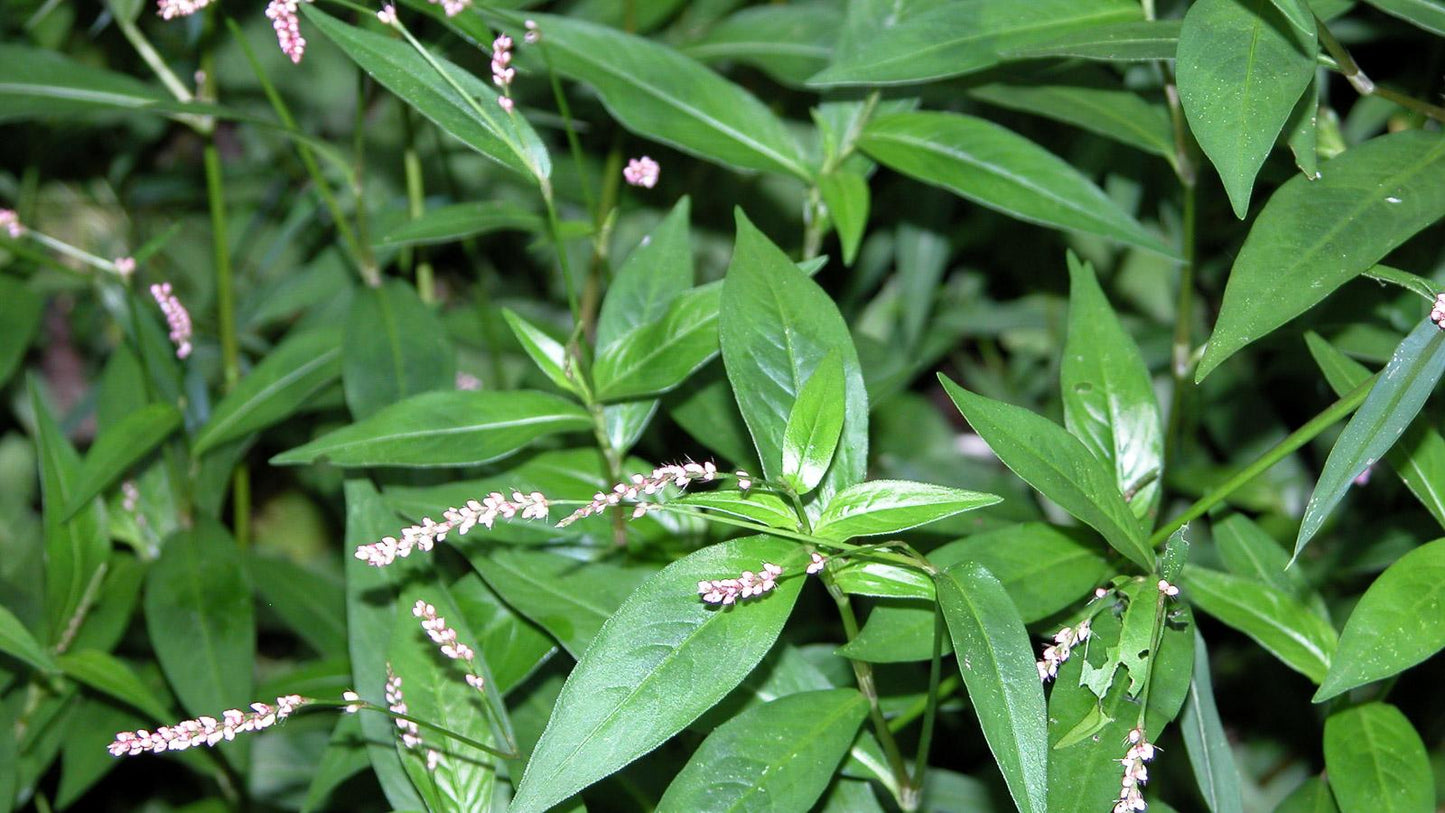
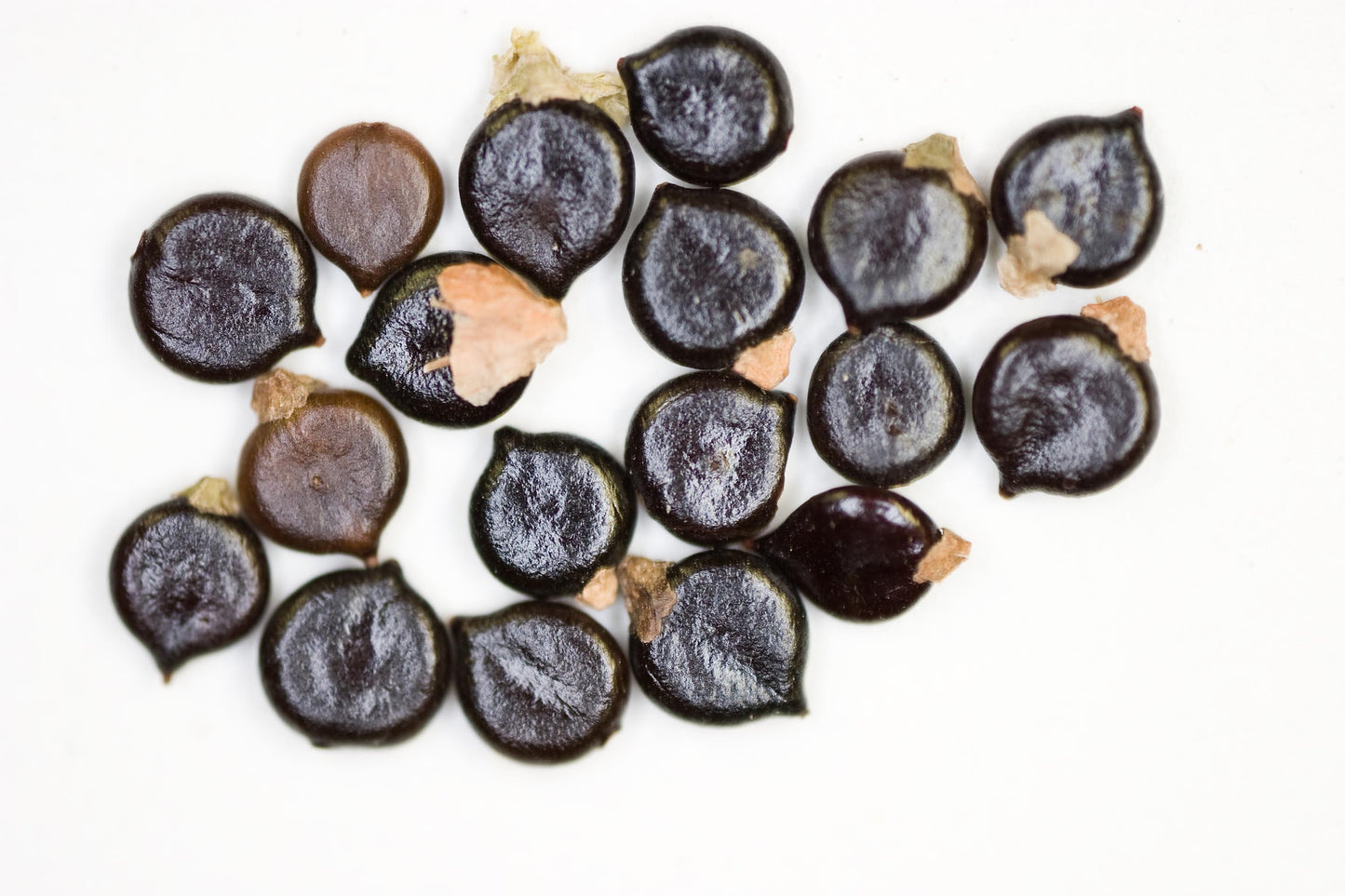
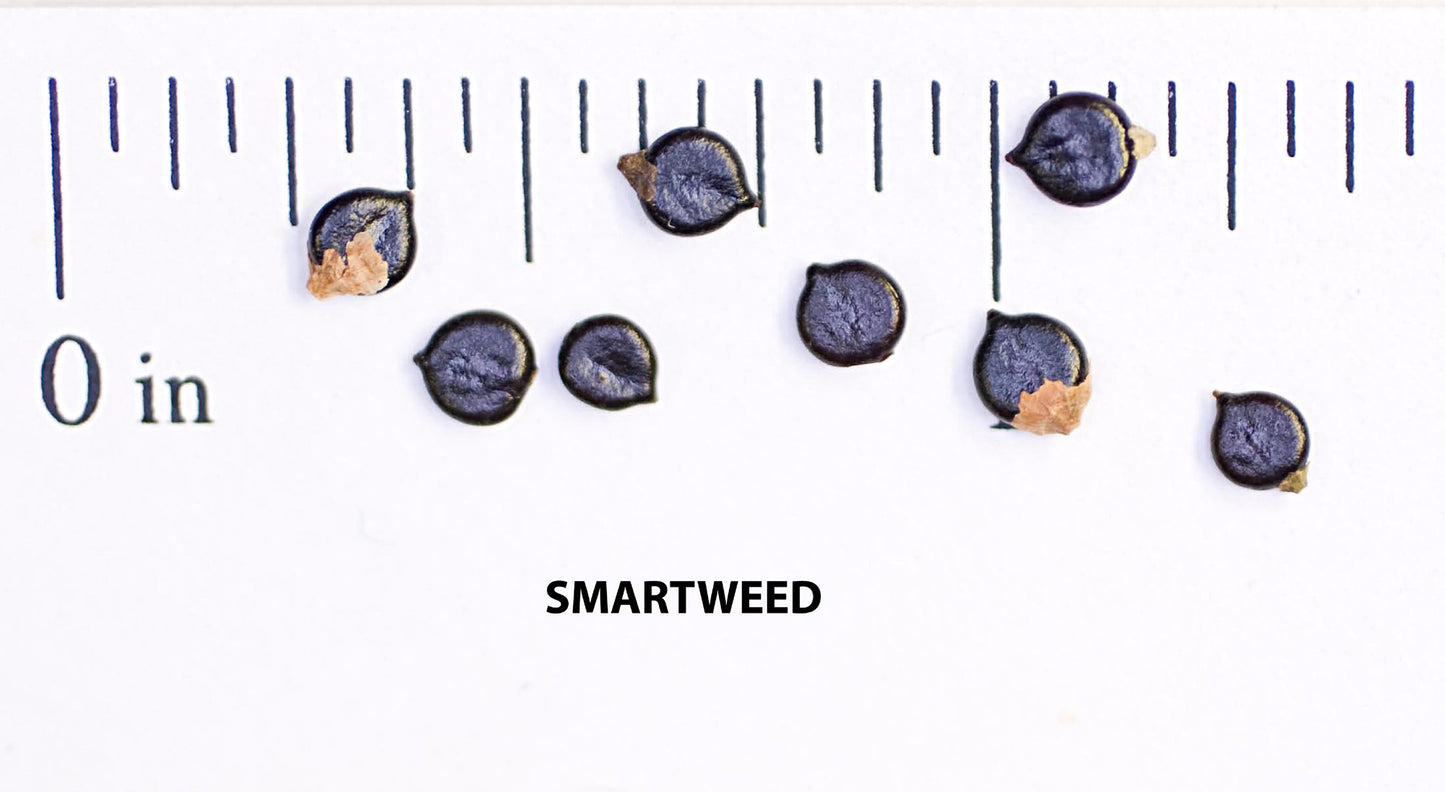
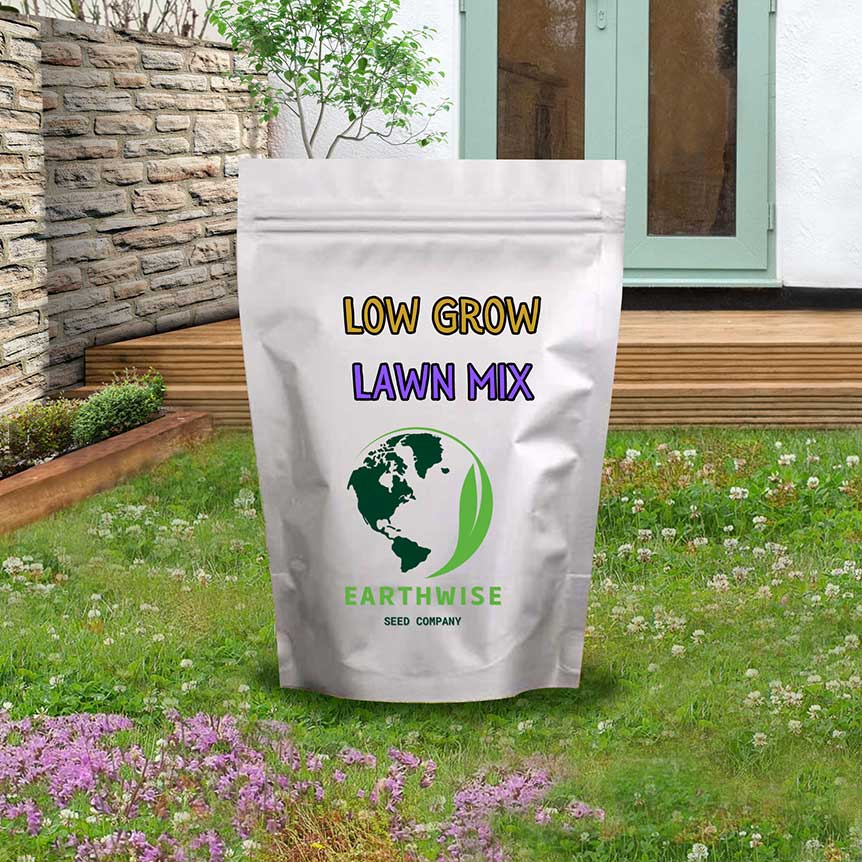
Low Grow Alternative Lawn Mix - No Mow

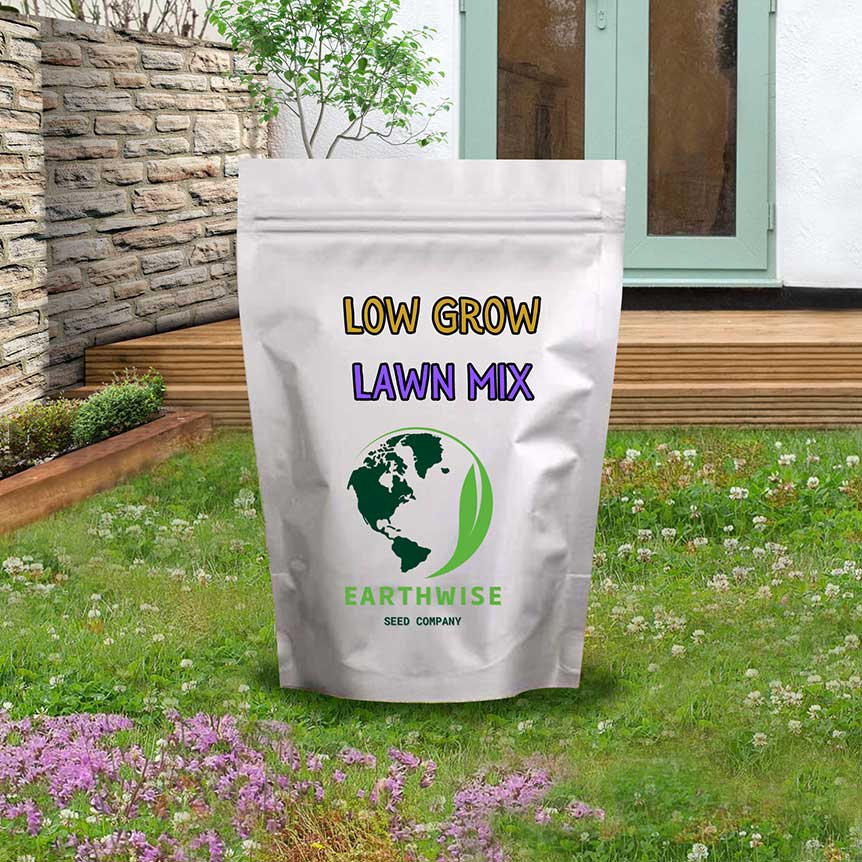
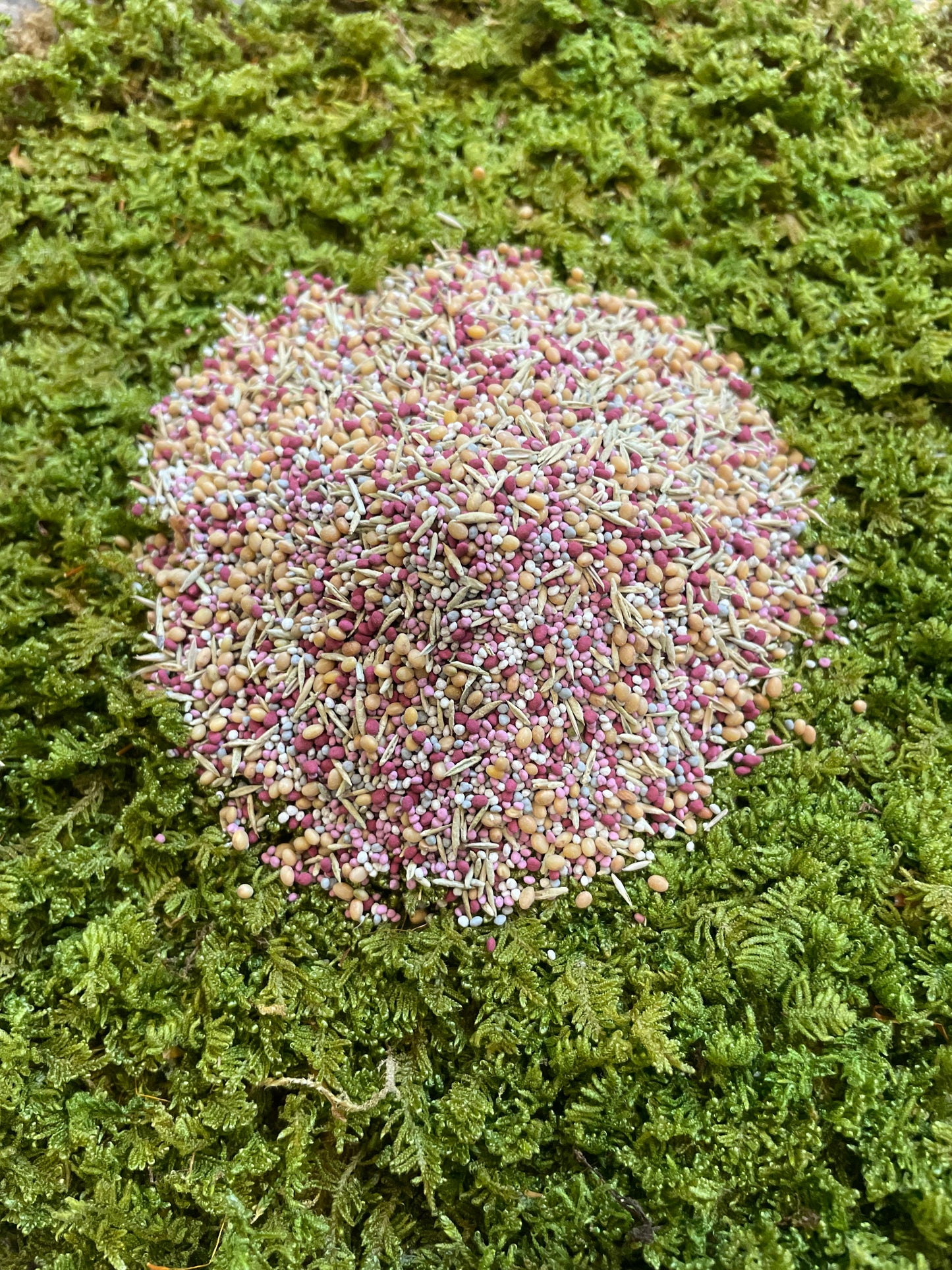
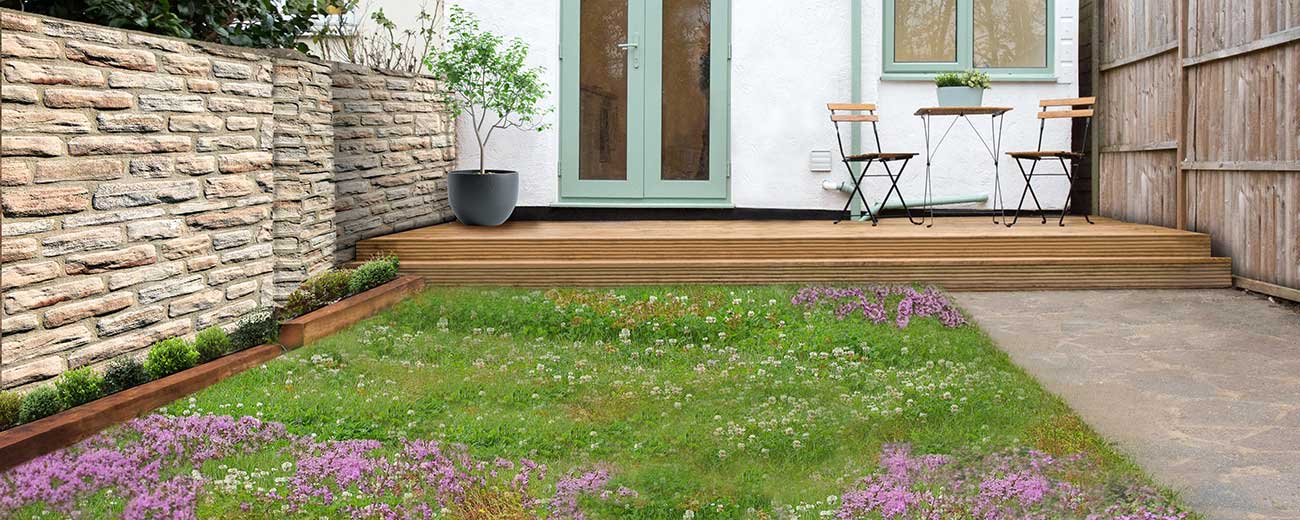
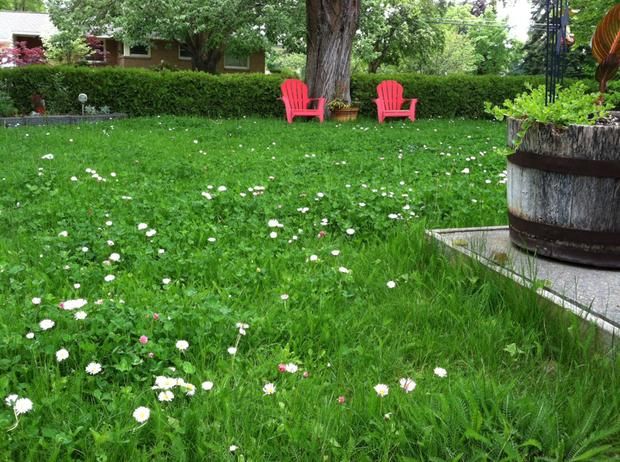
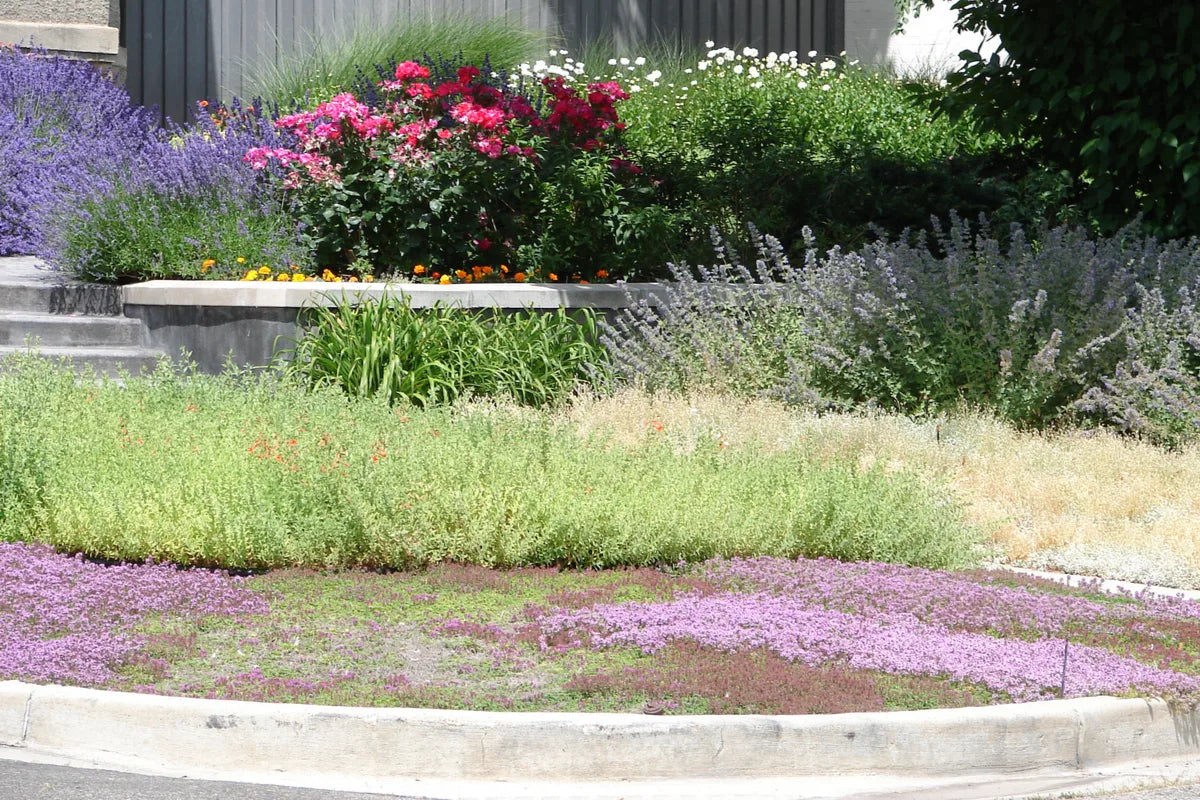
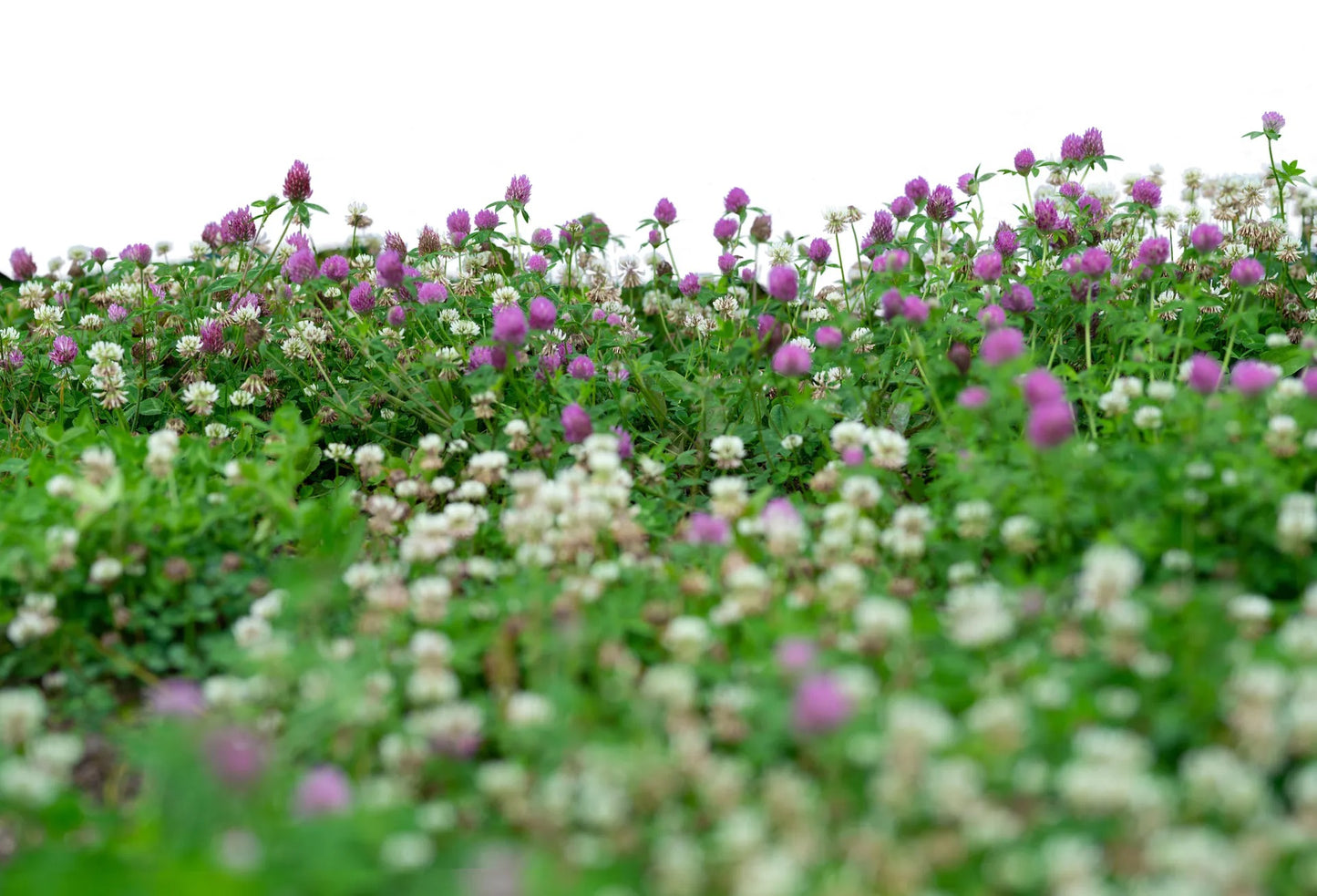
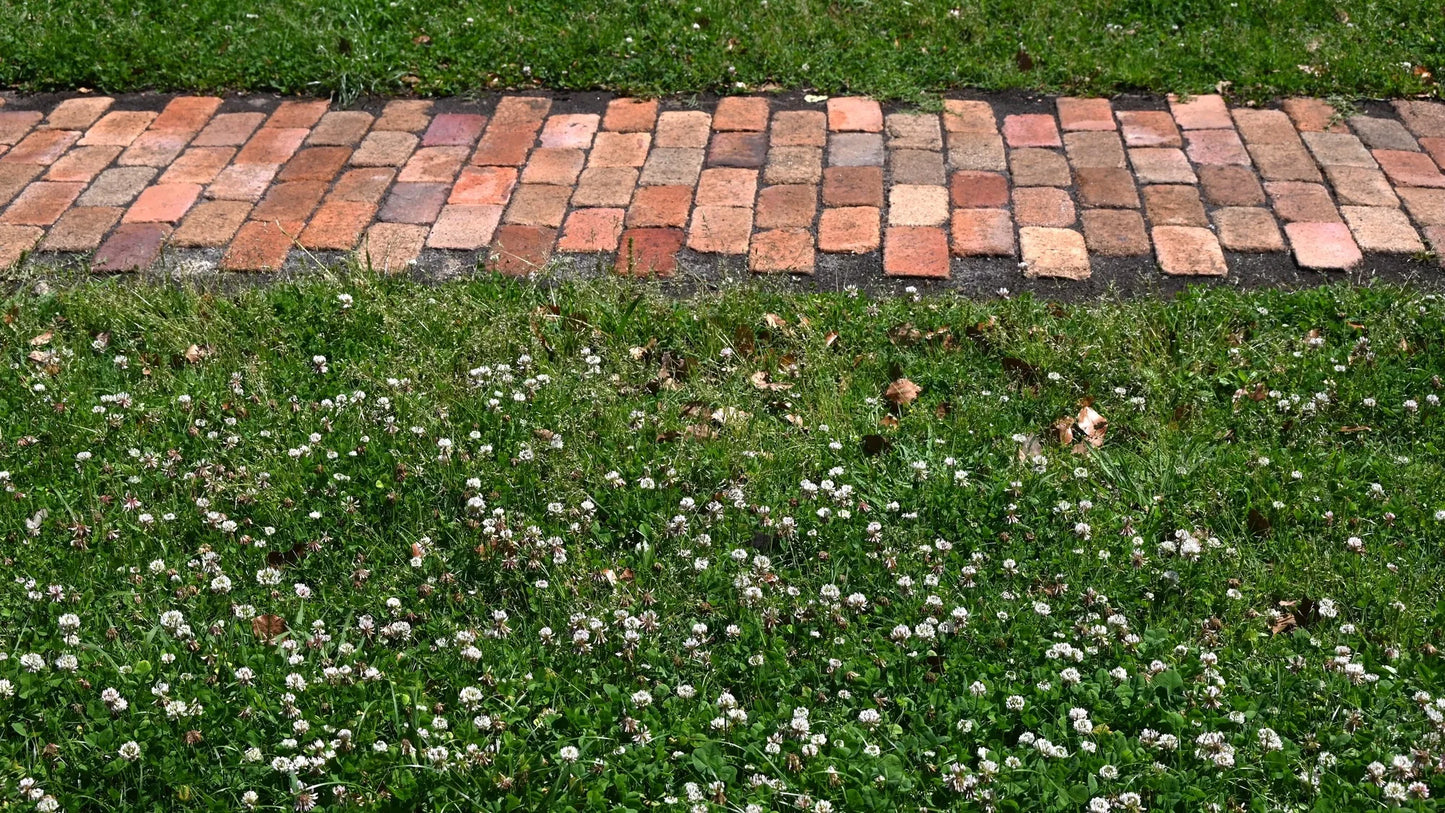
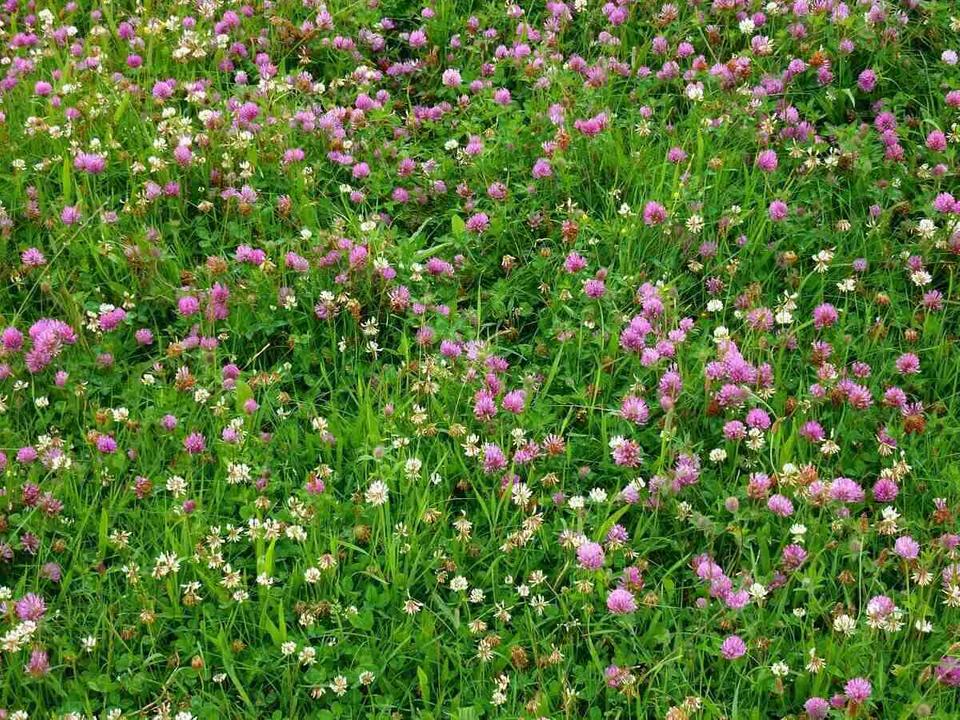
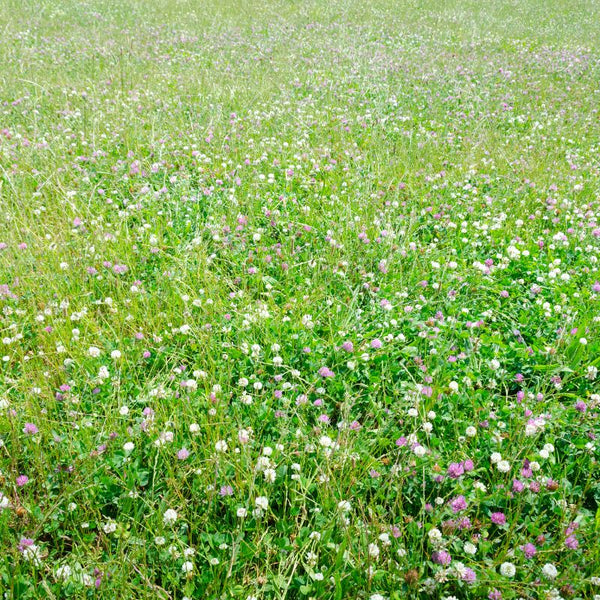
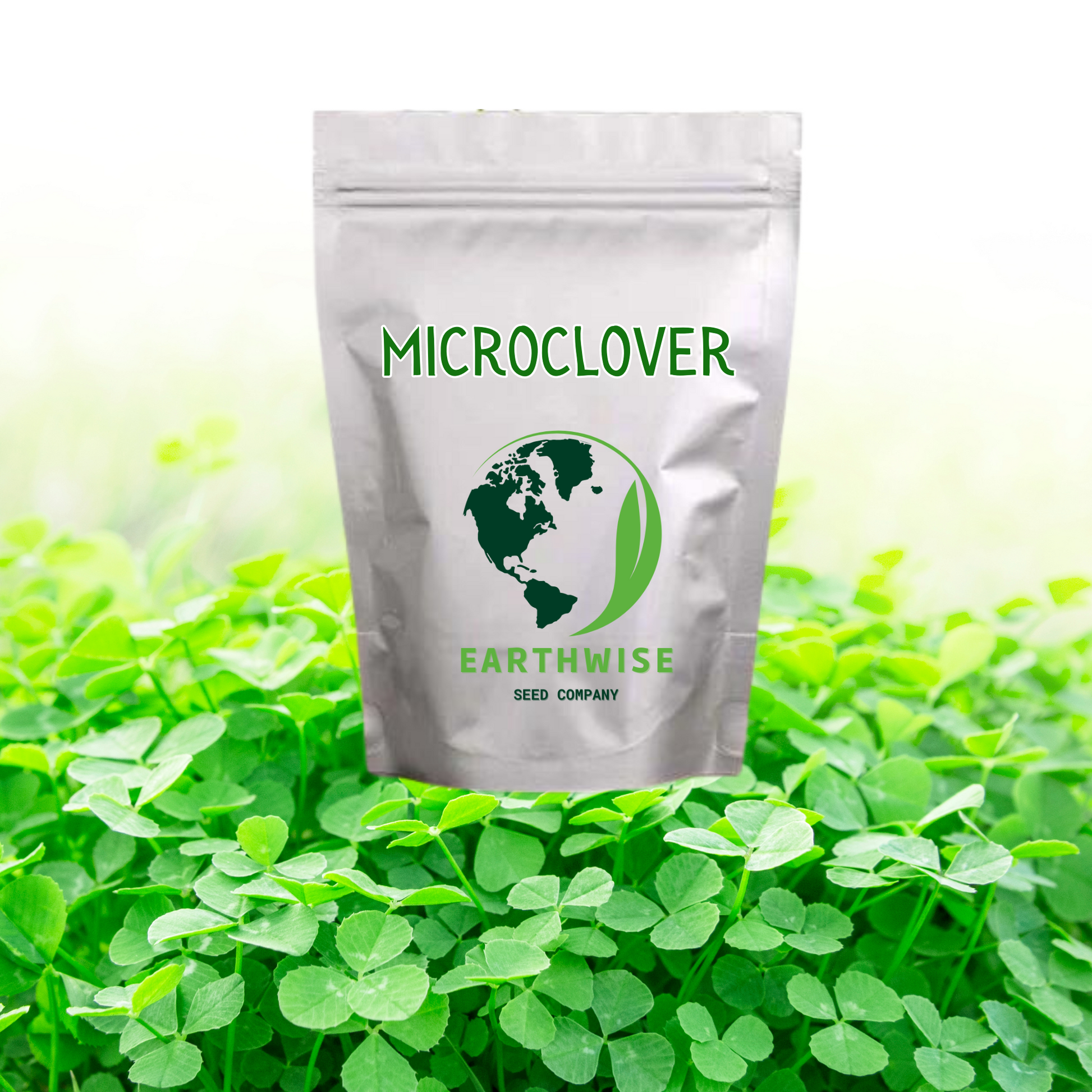
Microclover Alternative Lawn
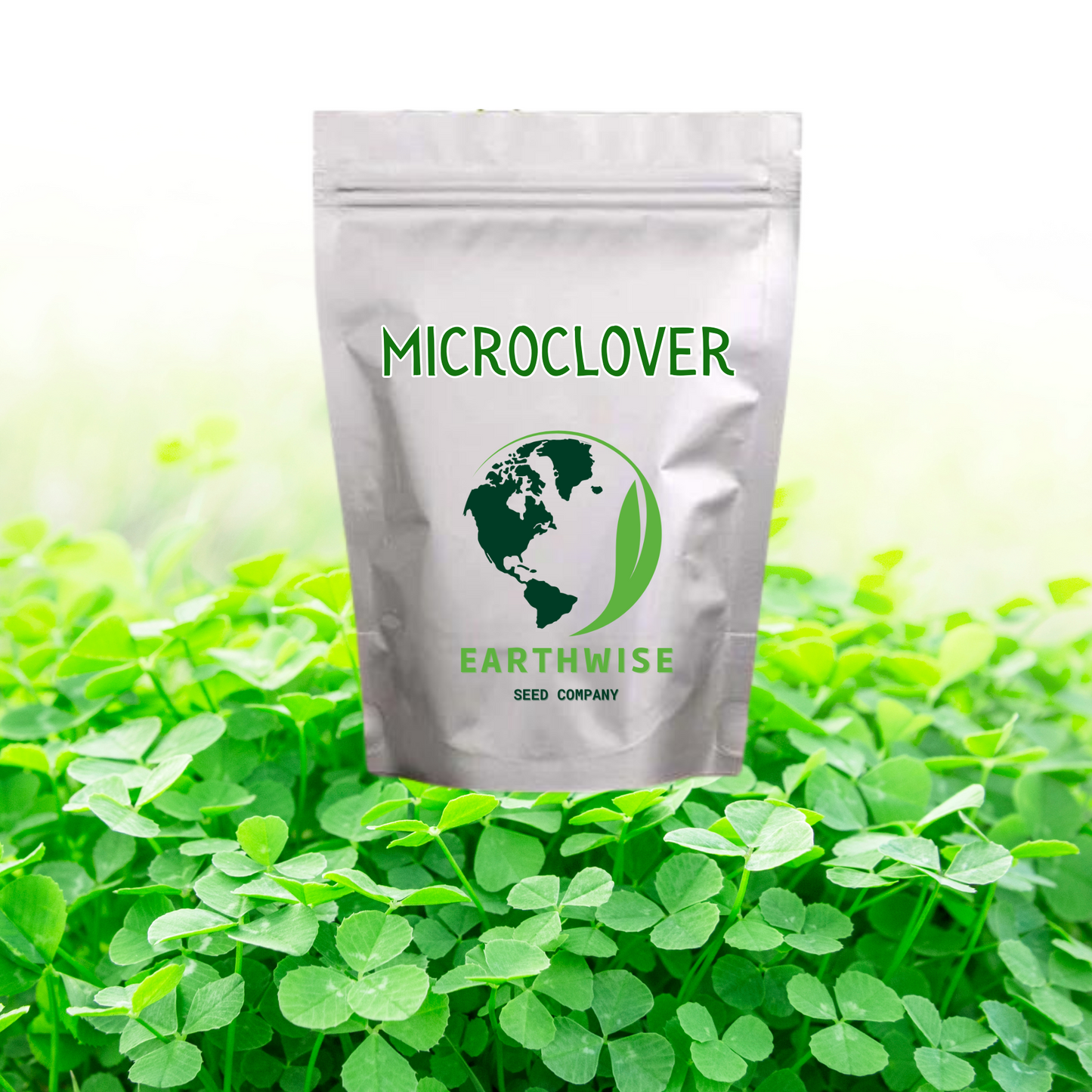
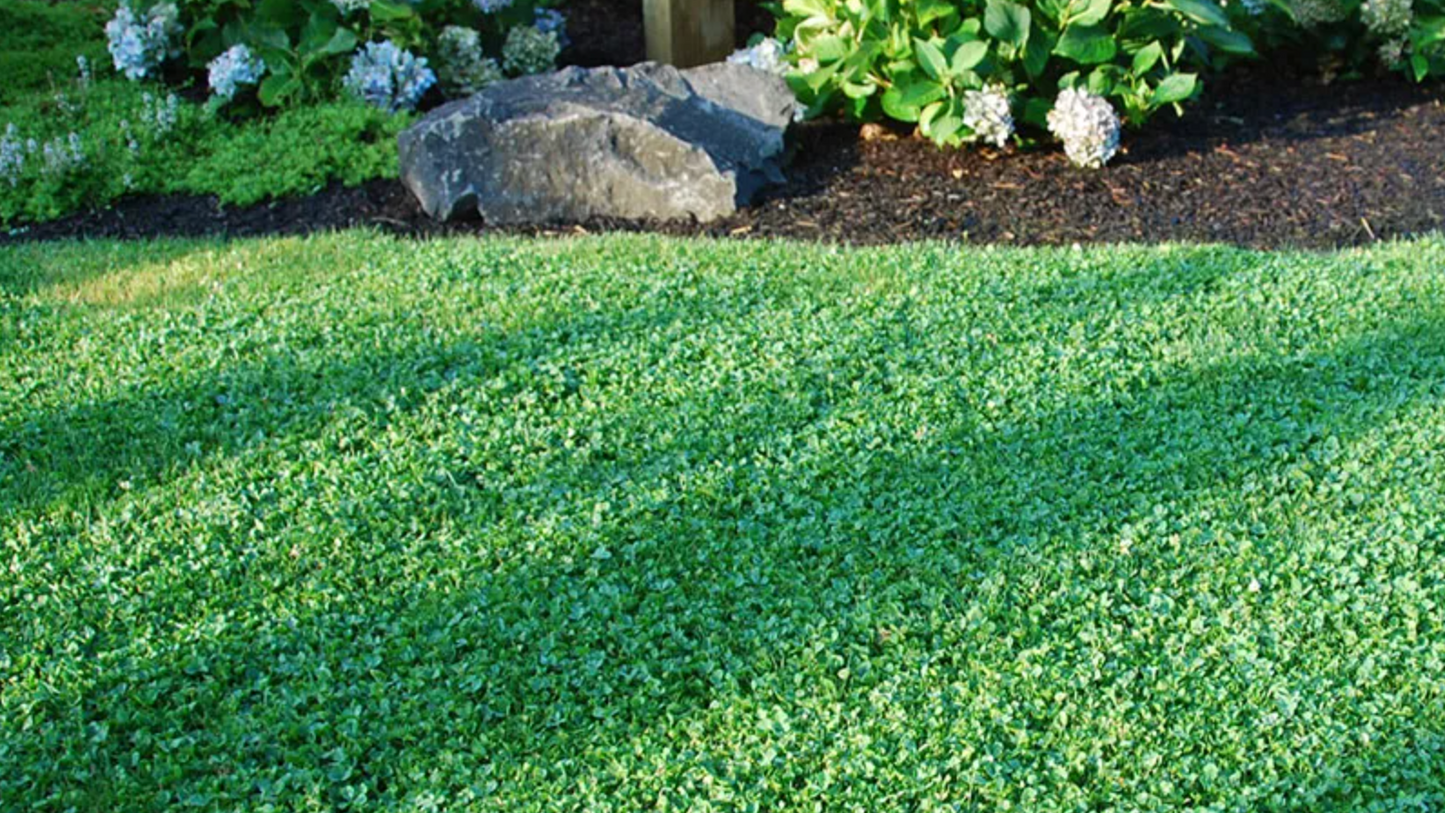
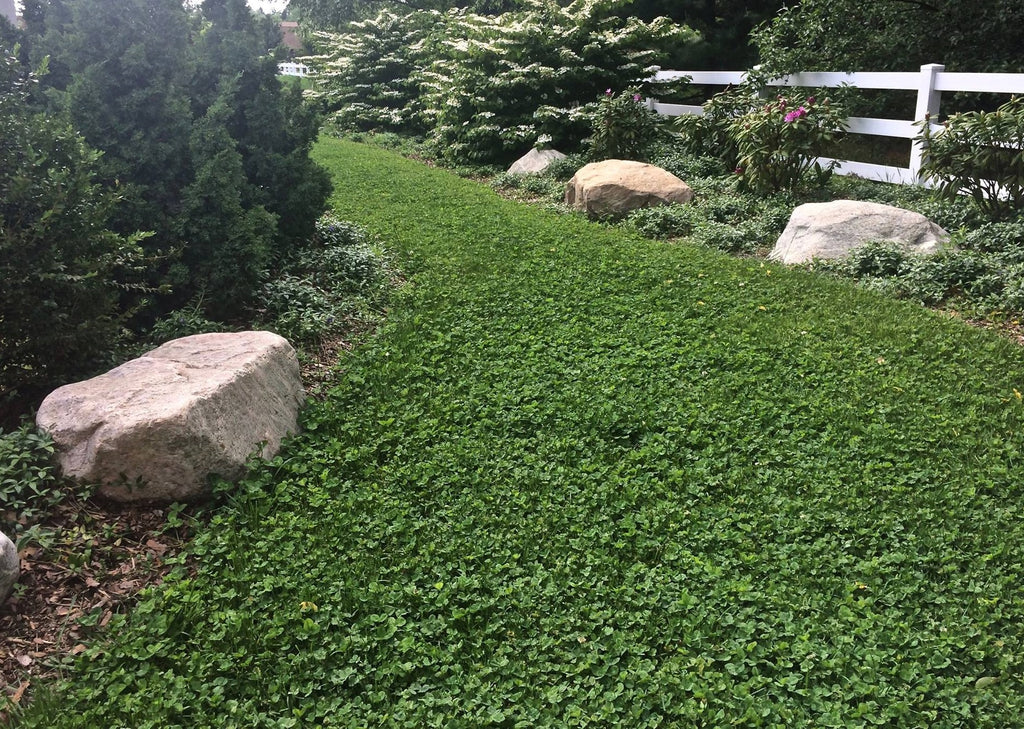
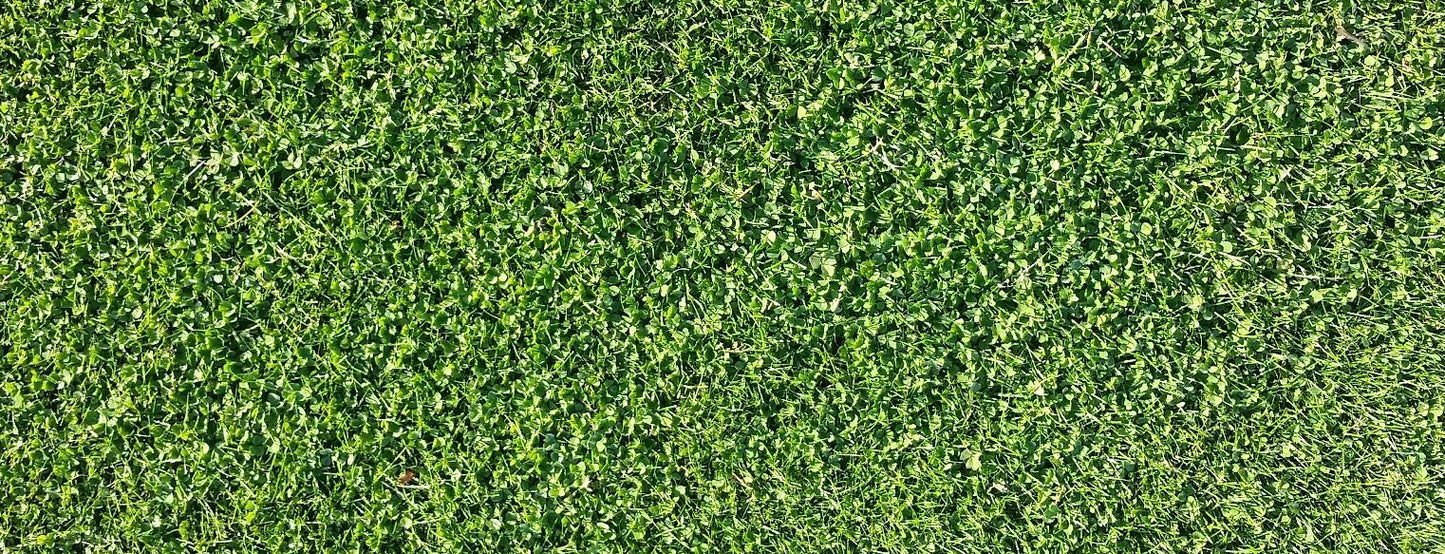
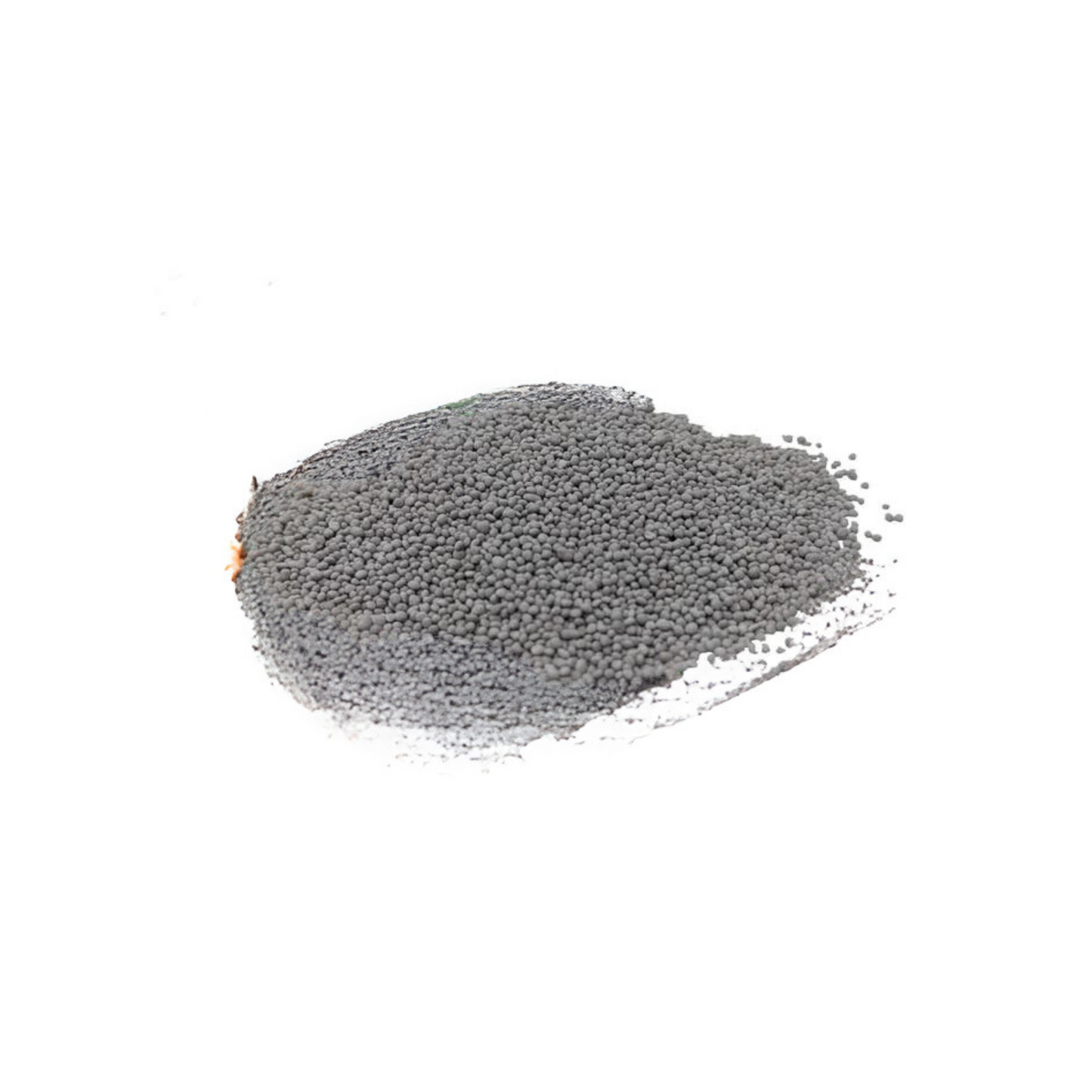
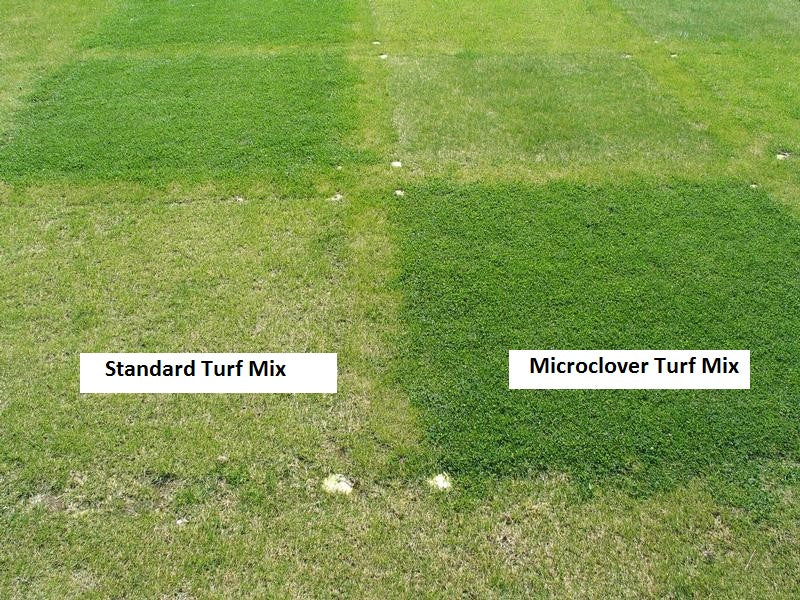
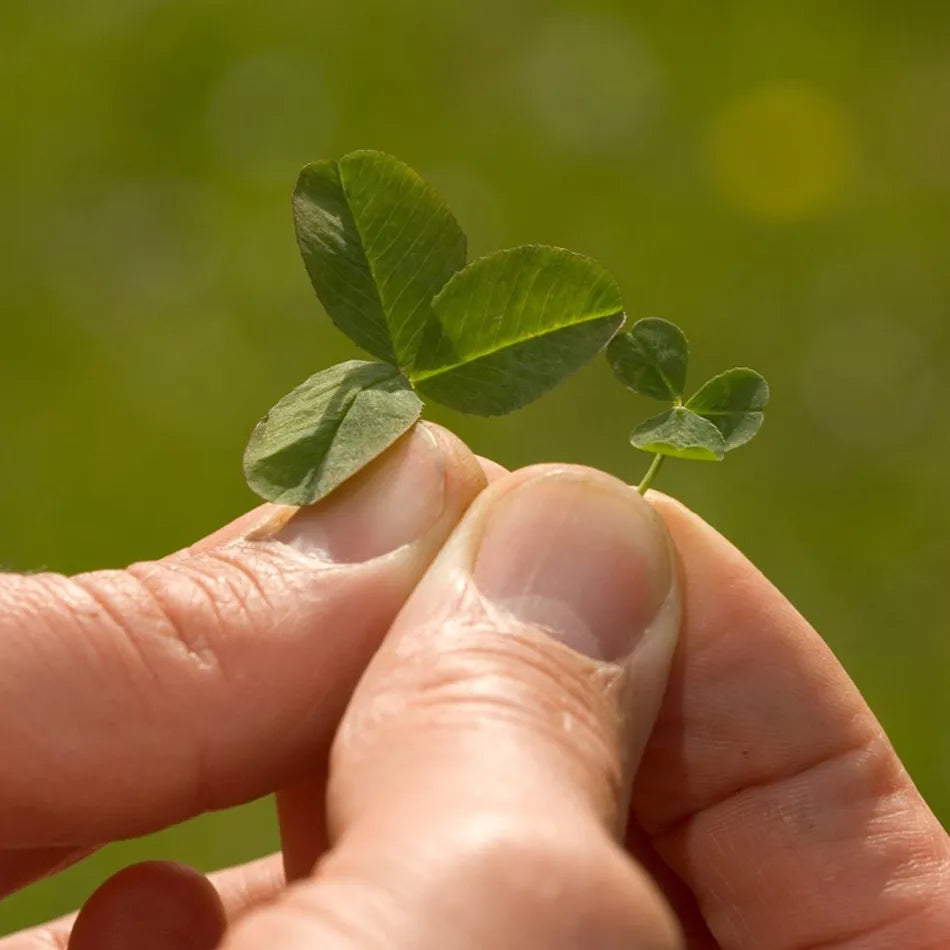
Fall Planting FAQs
How late can I plant?
Ideally, 4–6 weeks before your first hard frost. Seeds that don’t germinate will overwinter and sprout in spring. You can find your average first frost date in The Old Farmer's Almanac by zipcode.
Can I overseed my lawn in the fall?
Yes!You can overseed with any of our mixesif you’re patient, but most commonly we recommend using PetLawn™ or clover for filling in brown or bare patches. These blends establish quickly, improve color, and add resilience to your existing lawn
Do wildflowers really need frost?
Many perennial species do. That’s why planting the Pollinator Paradise™ Mix in fall gives you the best success.


